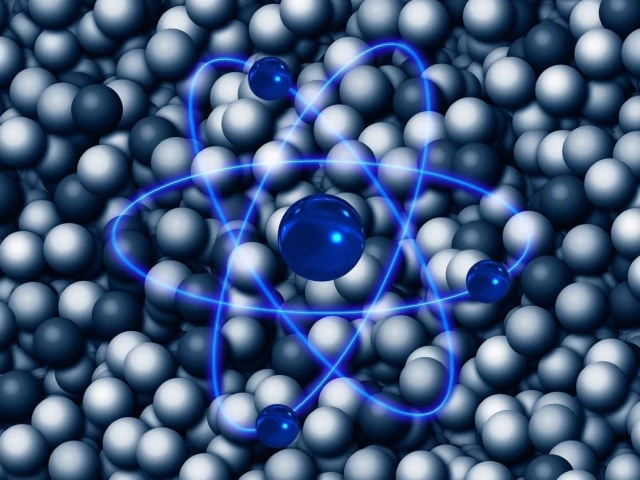Revolutionizing Fusion Power: Princeton’s AI Breakthrough
A remarkable team at Princeton University has just unveiled an innovative AI tool that could change the face of fusion energy forever. Meet Diag2Diag, a groundbreaking system designed to tackle one of the most pressing issues in fusion power: maintaining plasma stability inside reactors. You know, that ultra-hot fuel that holds the key to achieving efficient fusion energy?
So, what’s the big deal with Diag2Diag? According to Azarakhsh Jalalvand, the study’s lead author, this system can “see” what typical sensors often miss. It recreates lost or incomplete data, filling the gaps to help control the plasma more effectively. This method, which was detailed in Nature Communications, might just bring us one step closer to harnessing fusion as a consistent and reliable power source.
The Power of AI in Fusion Research
Fusion relies on various diagnostic tools to measure critical factors like temperature and electron density. However, the challenge has always been the rapid plasma instabilities—those sudden fluctuations that can jeopardize operations. Diag2Diag is here to enhance the efficacy of these diagnostic tools without the hefty expense of new hardware. As Egemen Kolemen, the project’s principal investigator, puts it, “Diag2Diag is giving your diagnostics a boost without spending hardware money.”
A standout feature of this tool is its application in Thomson scattering, a method essential for studying the plasma’s critical outer edge, known as the pedestal. By reconstructing high-resolution data, Diag2Diag offers insights that help to stabilize the plasma better and maximize energy output.
Compact, Cost-Effective Fusion Systems
The potential real-world implications of Diag2Diag don’t stop there. PPPL scientist SangKyeun Kim points out that this AI tool could help make future fusion reactors smaller, simpler, and more affordable. "Today’s experimental tokamaks have many diagnostics, but commercial systems will likely need far fewer," he explains. Fewer sensors lead to less maintenance and fewer points of failure—an essential trait for any future 24/7 power source.
Supporting Theories of Plasma Stability
Interestingly, Diag2Diag also lends support to a leading theory on how resonant magnetic perturbations (RMPs) can help suppress edge-localized modes (ELMs), those chaotic bursts of energy that can cause significant issues inside reactors. By providing detailed temperature and density data, this AI tool confirms that RMPs can create "magnetic islands" at the plasma’s edge, smoothing out energy distribution and enhancing stability. According to Qiming Hu, a principal research scientist at PPPL, “Diag2Diag provided much more detail on how this happens and how it evolves.”
Broader applications Ahead
The team at Princeton doesn’t foresee Diag2Diag being limited to just fusion energy; they believe its capabilities could extend to other fields as well, like spacecraft systems, robotic surgery, or any technology dependent on precise sensor data. As Kolemen suggests, “Diag2Diag could be applied to other fusion diagnostics and fields where data is missing or limited.”
With this new AI breakthrough, we may be edging closer to what many have called the holy grail of clean energy—a limitless, stable, and affordable power source for our future. Want to stay updated on this exciting journey in fusion energy? Connect with us at Pro21st for more insights and innovations in the world of energy technology. Your future energy solutions might just be a click away!





